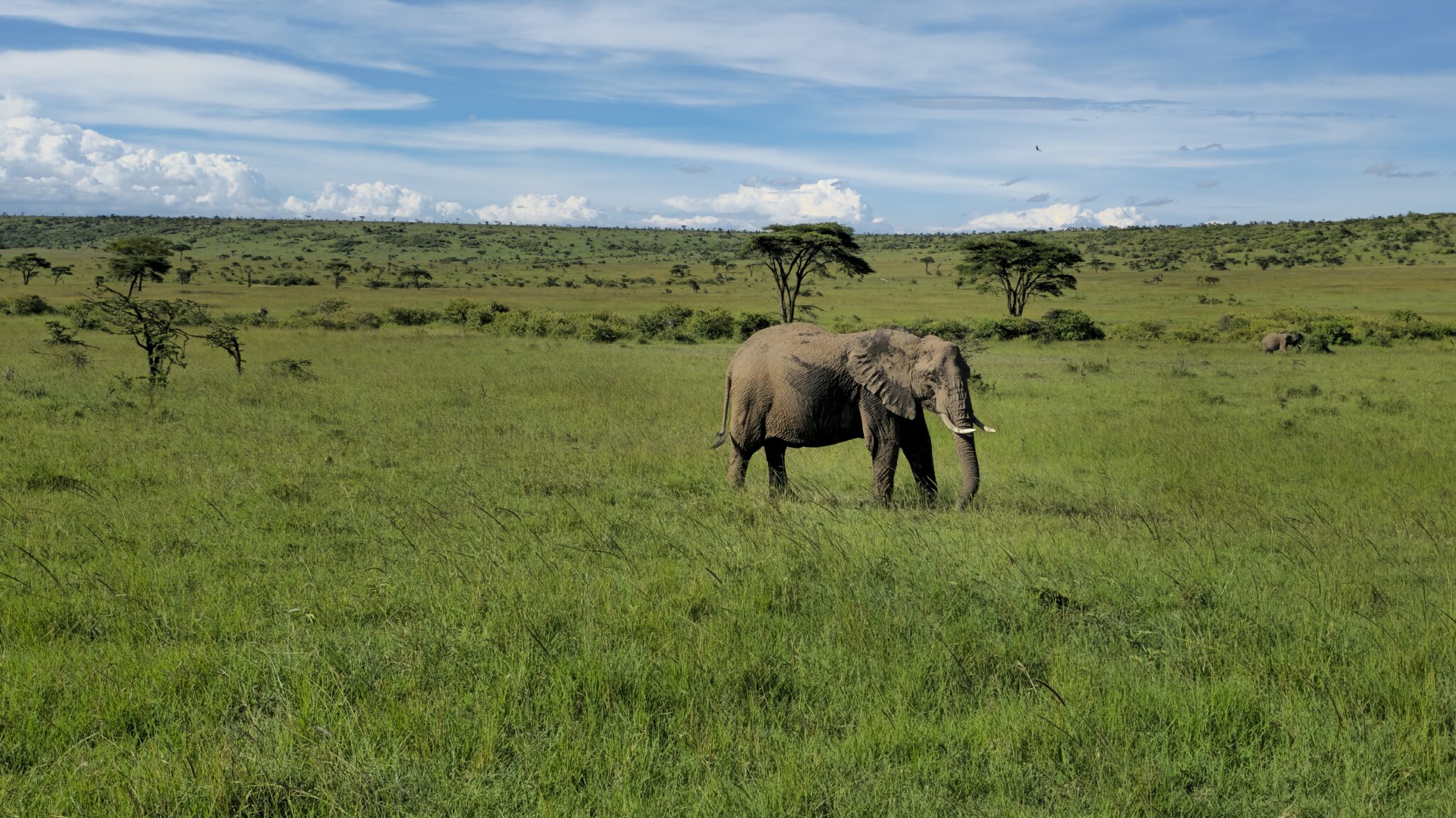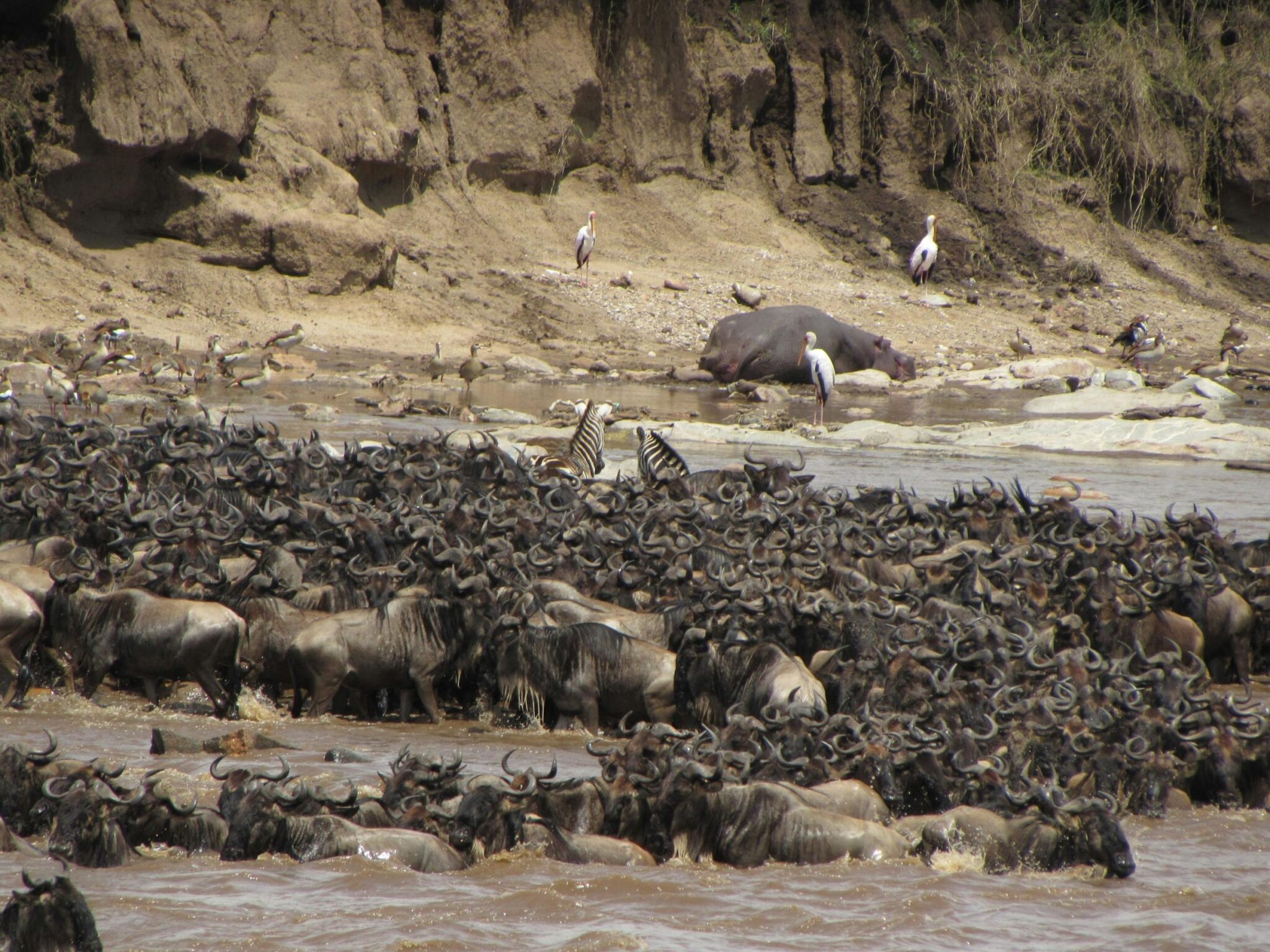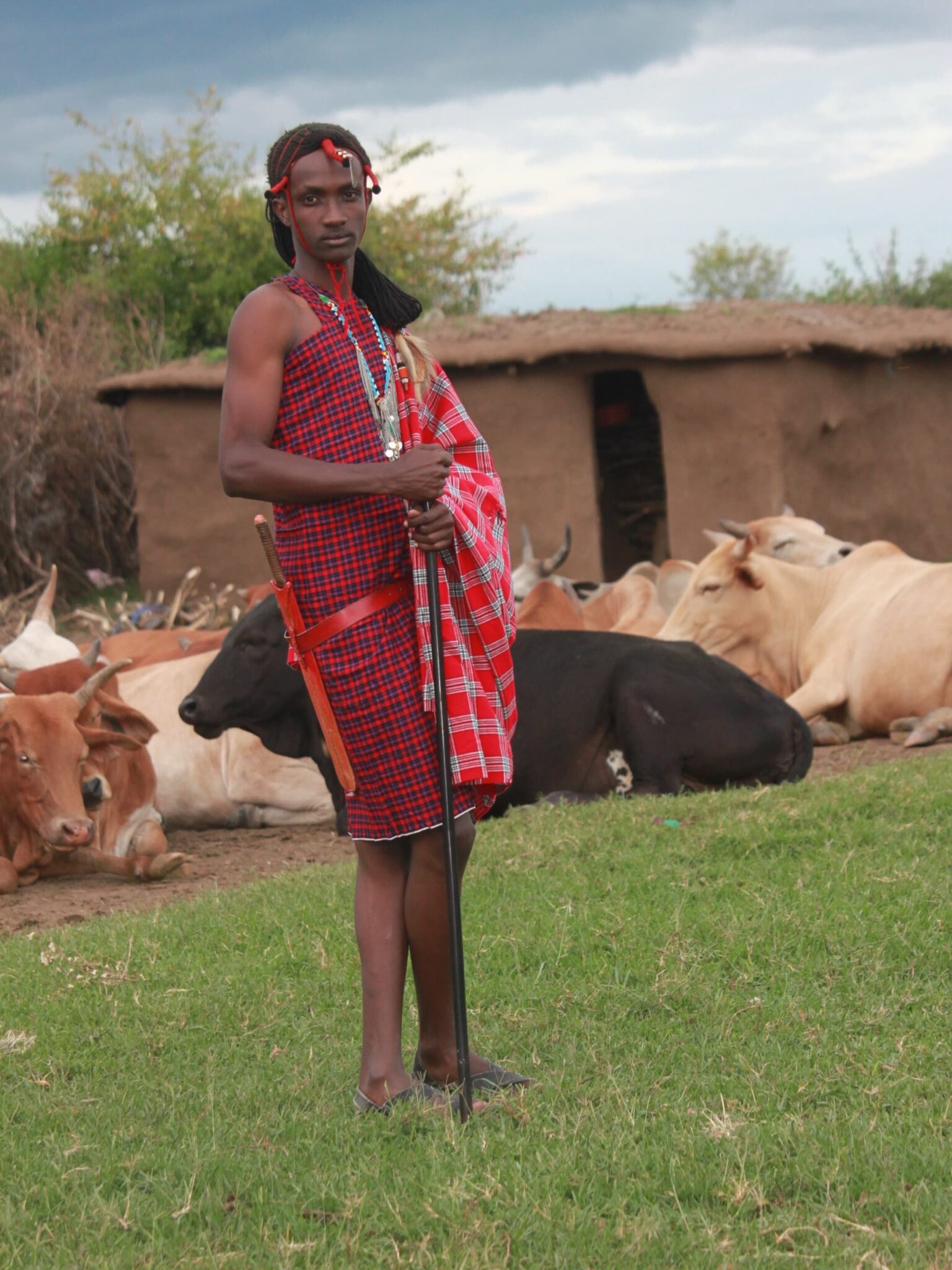
Guardians of the Mara
Conservation is more than a cause—it’s a journey that invites each of us to take part in protecting the natural wonders of our planet. At Wildspace Safaris, we believe in
As Kenya’s largest national park, Tsavo East unfolds across a vast expanse of rugged terrain, characterized by semi-arid plains, scrubland, and acacia woodlands. The park’s iconic red earth, stained by iron oxides, provides a distinctive backdrop to the wildlife encounters. Historically, Tsavo East holds a legendary, albeit somewhat grim, significance as the territory of the infamous “man-eating lions” during the construction of the Kenya-Uganda Railway.

Conservation is more than a cause—it’s a journey that invites each of us to take part in protecting the natural wonders of our planet. At Wildspace Safaris, we believe in

Experience the heart of Kenyan safaris. Explore the Maasai Mara’s legendary landscapes, teeming with lions, elephants, and wildebeest. Then, discover Lake Nakuru’s shimmering waters, home to thousands of flamingos and

Wildspace Safaris offers transformative journeys beyond the typical tour. Immerse yourself in ecotourism, directly contributing to nature conservation and local Maasai communities. Discover their vibrant culture while creating lasting memories

Experience the heart of Kenyan safaris. Explore the Maasai Mara’s legendary landscapes, teeming with lions, elephants, and wildebeest. Then, discover Lake Nakuru’s shimmering waters, home to thousands of flamingos and
Our mission is simple: to deliver unforgettable, meaningful travel that respects local communities, preserves natural heritage, and connects our guests with the raw magic of the African wilderness
